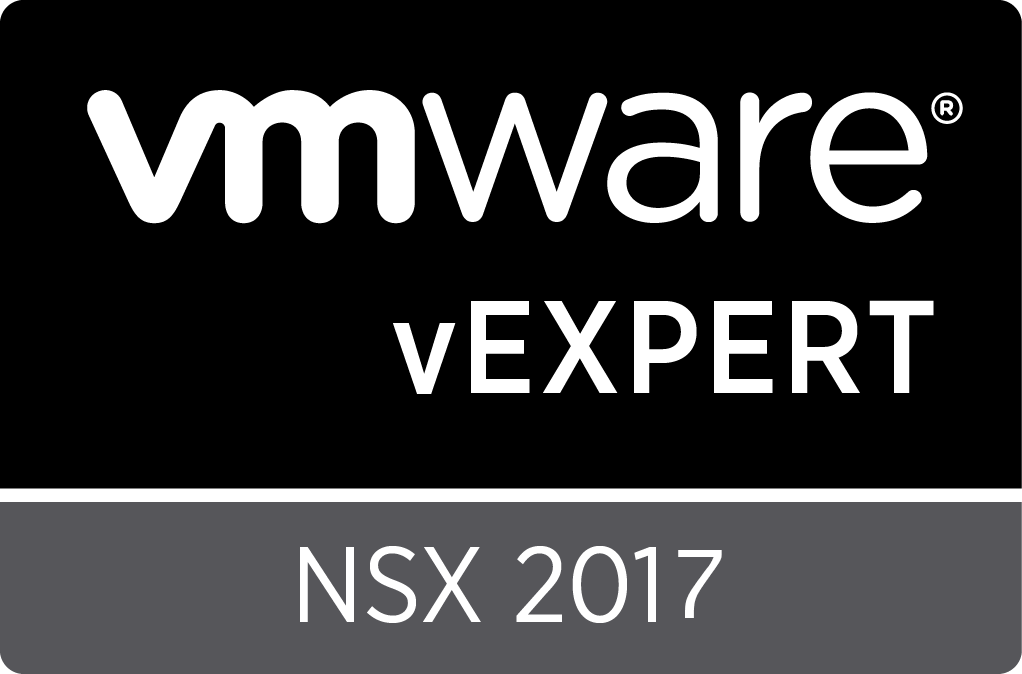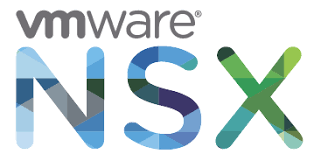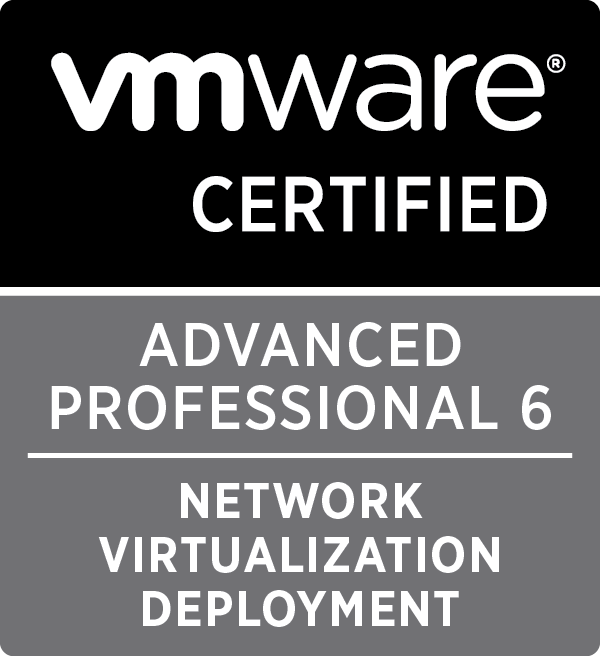Tag : NSX-V

Written by Christopher Lewis on August 16, 2017 .
I made the cut for VMware vExpert NSX 2017! So chuffed about this and demonstrates that hard work can pay off!

Written by Christopher Lewis on July 31, 2017 .
In this series of 3 articles, we will be looking at how to configure VMware NSX and VMware vRealize Log Insight together so we can ensure all of the relevant logs are centralized into a single solution that will make it easy to troubleshoot. In Part Three, we will be looking at how to configure the VMware NSX Edge to SYSLOG to VMware vRealize Log Insight
- Introducing the Super Metrics Repository
- Creating Super Metrics for Counting Ascendent/Descendent Object Metrics in a List View
- Creating a Custom Resource Action - Part 1: Getting Started & API Discovery
- Operating a Private Cloud - Part 3: Creating a Pricing Card in VMware Aria Automation
- Operating a Private Cloud - Part 2: Creating a Pricing Card in VMware Aria Operations

